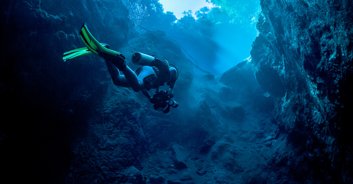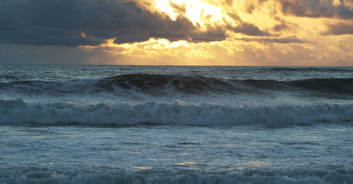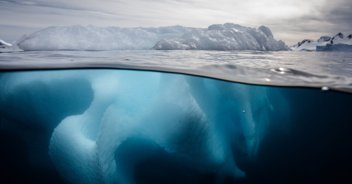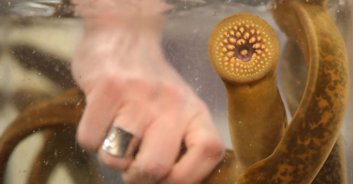A bizarre sea creature washed up on a beach in Oregon and it turns out that it's an entirely new species.
I'm going to be honest with you - the sea terrifies me.
So much of it is unexplored and there are presumably some species at the depths that we have no idea about.
But from time to time we encounter one of these new species and they are so bizarre looking that you can't help but just stare at it for a while.
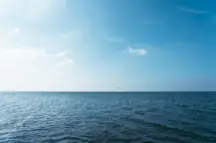
Well, a rare and massive ocean creature washed up on Gearhart Beach in northern Oregon, drawing significant attention and excitement this week.
The Seaside Aquarium confirmed that the 7.3-foot fish, discovered on June 3, is a recently identified species of sunfish.
"Initially, this large, strange-looking fish was creating quite a stir on social media and though it was stormy, folks were flocking to the beach to see this unusual fish," the aquarium shared on Facebook.
News of the discovery reached as far as New Zealand, where marine researcher Marianne Nyegaard quickly recognized the species as a hoodwinker sunfish, or Mola tecta.
Nyegaard, who played a crucial role in identifying and naming the species in 2017, noted the significance of the find.
"Dubbed a new species hiding in plain sight, it was genetic sampling and eventual observation that contributed to its finding," the Seaside Aquarium explained.
"This fish, hiding in plain sight, has most likely been seen or washed ashore in the Pacific Northwest before but was mistaken for the more common Mola mola."
Distinctive features of the hoodwinker include its bullet-like shape, tough skin, and small mouth with beak-like teeth.
Previously thought to inhabit only the Southern Hemisphere, these massive fish have recently been found on U.S. Pacific Ocean beaches. In 2019, divers in Monterey Bay photographed two hoodwinker sunfish, marking some of the first confirmed sightings of the species in Central California, as noted by the Monterey Bay Aquarium.
Following the Oregon sighting, Nyegaard contacted the Seaside Aquarium for a genetic sample. The aquarium responded by providing more photos, measurements, and tissue samples.
"Through photographs, Marianne confirmed that it was a hoodwinker and that this may be the largest specimen ever sampled," the aquarium reported.

The rare sunfish is expected to remain on the beach for several weeks, as its tough skin makes it difficult for scavengers to penetrate.
"It is a remarkable fish and the aquarium encourages people to go see it for themselves," the Seaside Aquarium urged.
So if you're in the area, why not go and have a look?

